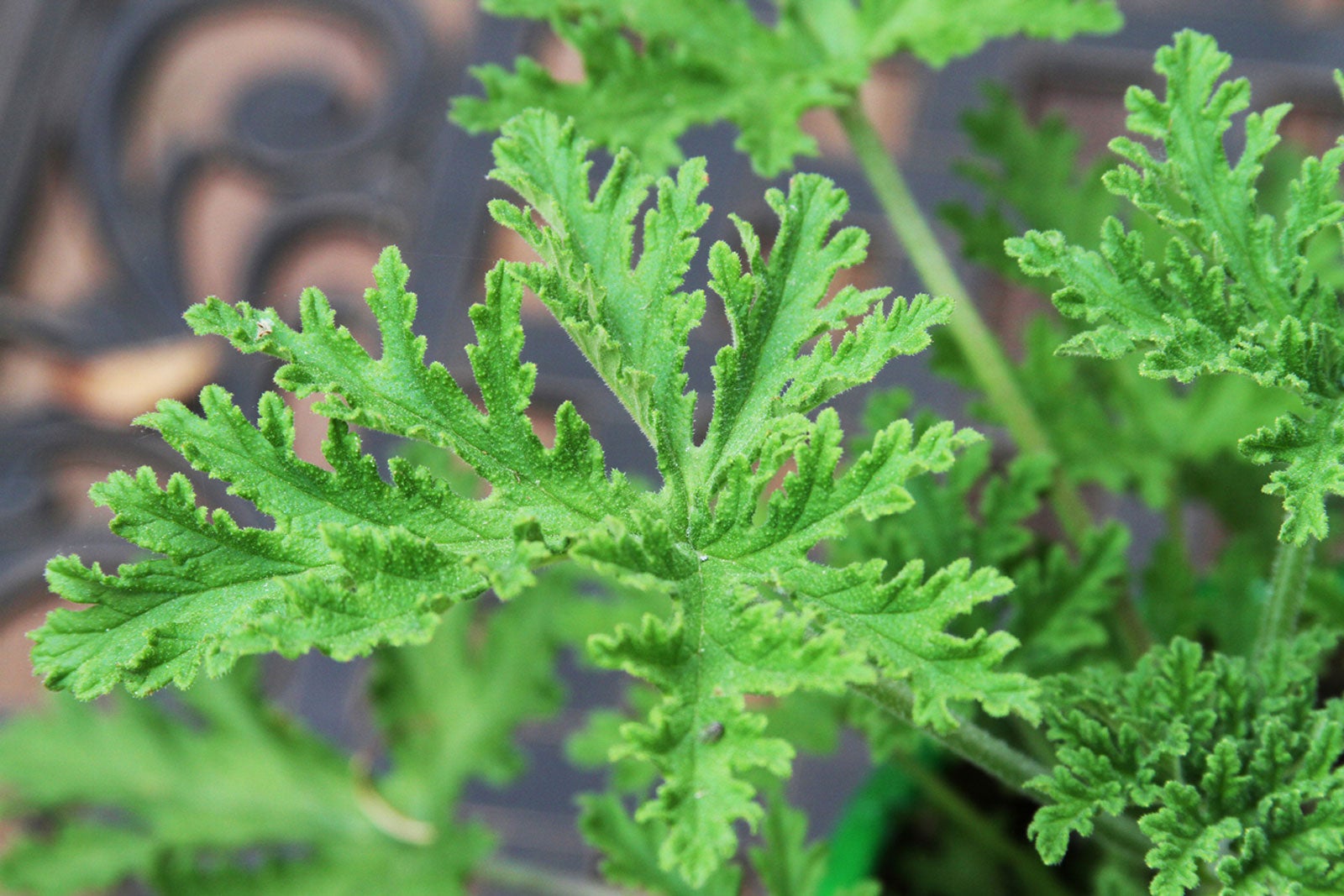How To Care For Citronella Mosquito Plants
While we may consider citronella plant for mosquitoes a common garden plant, we’re probably thinking of citronella geranium, a delicately scented geranium that may or may not repel insects, and can be grown in the garden or as a houseplant.

Citronella Plant: Growing And Caring For Mosquito Plants
If mosquitoes are an issue in your region, you’ve certainly heard of citronella. It's likely you’ve burned a citronella candle or planted a citronella mosquito plant to deter the blood-sucking insects. While citronella oil is heavily marketed to the consumer as a deterrent, you might be surprised to hear the true story since there’s both a citronella plant for mosquitoes and a citronella geranium plant.
Keep reading to find out what if anything, is the difference between the two plants and about citronella plant care.
Do Citronella Plants Really Repel Mosquitoes?
Although it is marketed as a deterrent, neither citronella geranium (Pelargonium citrosum) nor citronella grass (Cymbopogon nardus) actually repel mosquitoes, or at least not in concentrations that are safe for humans. In fact the EU has banned the use of citronella as an insecticide. It’s unlikely that anything serious will arise if you slather yourself in the oil, but some people are allergic and it’s better to be safe than sorry.
It’s unlikely that most folks will have citronella grass in their landscape since it grows 5-6 feet (1.5-1.8 m) tall and 3-4 feet (0.9-1.2 m) wide. Citronella geraniums are more likely to be the source of that aromatic odor. When their leaves are crushed or brushed, they give off a heavenly scent.
Tips for Planting Citronella
Citronella geraniums have delicate, lacy looking foliage which belies their hardiness. They love the sunshine and hot temperatures provided the roots are kept damp. Plant them in full sun to partial shade in well-draining, fertile, moist soil.
The plant bears small pink flowers from spring until the first frost. Some varieties are frost tender and some will tolerate a light freeze.
There are several different forms of this plant; some trailing that work well in baskets or as ground covers, and some more upright that look best in borders. Citronella geranium plants can even be grown indoors as houseplants.
Sign up for the Gardening Know How newsletter today and receive a free copy of our e-book "How to Grow Delicious Tomatoes".
Water and Light Requirements
Most citronella geraniums love it hot and sunny although some varieties prefer partial shade. They thrive in temperatures from 50-80 F (10-26 C).
All these plants like ample water and should be watered 2-3 times per week depending upon weather. However, do not overwater them. Check the top inch (2.5 cm) of soil with your finger. If it’s dry, give the plants some water.
Soil and Fertilizer Needs
Citronella geraniums prefer rich, well-draining, moist soils.
Indoor plants or those grown in containers outdoors, should be fertilized regularly to encourage growth. If you are going to overwinter the plant, feed it once or twice during the winter with a liquid fertilizer diluted to half strength.
Pruning
An unfussy plant, prune citronella geraniums as needed to encourage growth and create a bushy habitat. Otherwise, remove any dead or damaged leaves.
Problems, Pests and Disease
Citronella geraniums are generally not bothered by pests or diseases. However, they may become afflicted with whitefly, aphids, weevils, leafhoppers and mealybugs that can often be removed with a strong blast from a garden hose.
They can get brown leaves which may be sun scald or too much water. Move the plant to an area of partial shade or cut back on water and allow the soil to dry before irrigating again.
NOTE: Citronella geraniums and other scented geraniums are highly toxic to pets, whether ingested or by physical contact.

Nikki Tilley has been gardening for nearly three decades. The former Senior Editor and Archivist of Gardening Know How, Nikki has also authored six gardening books.

